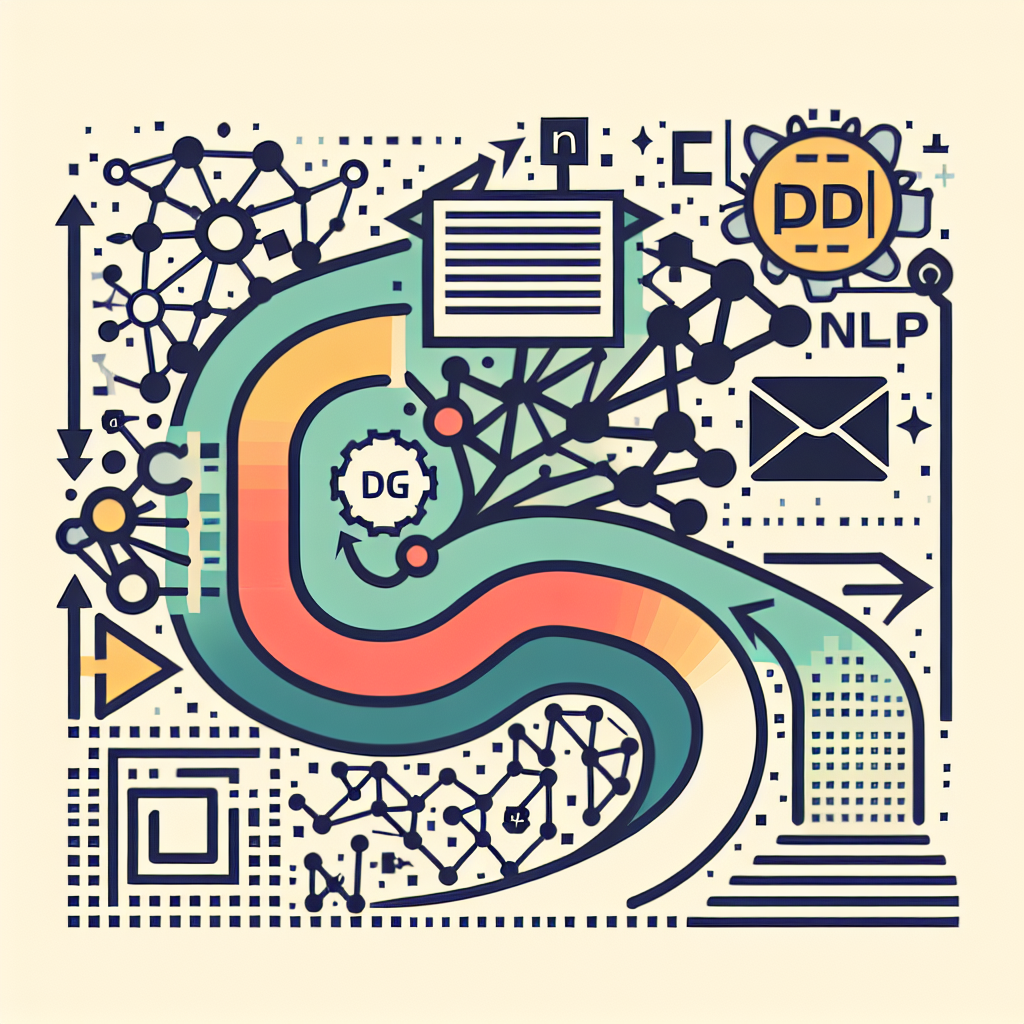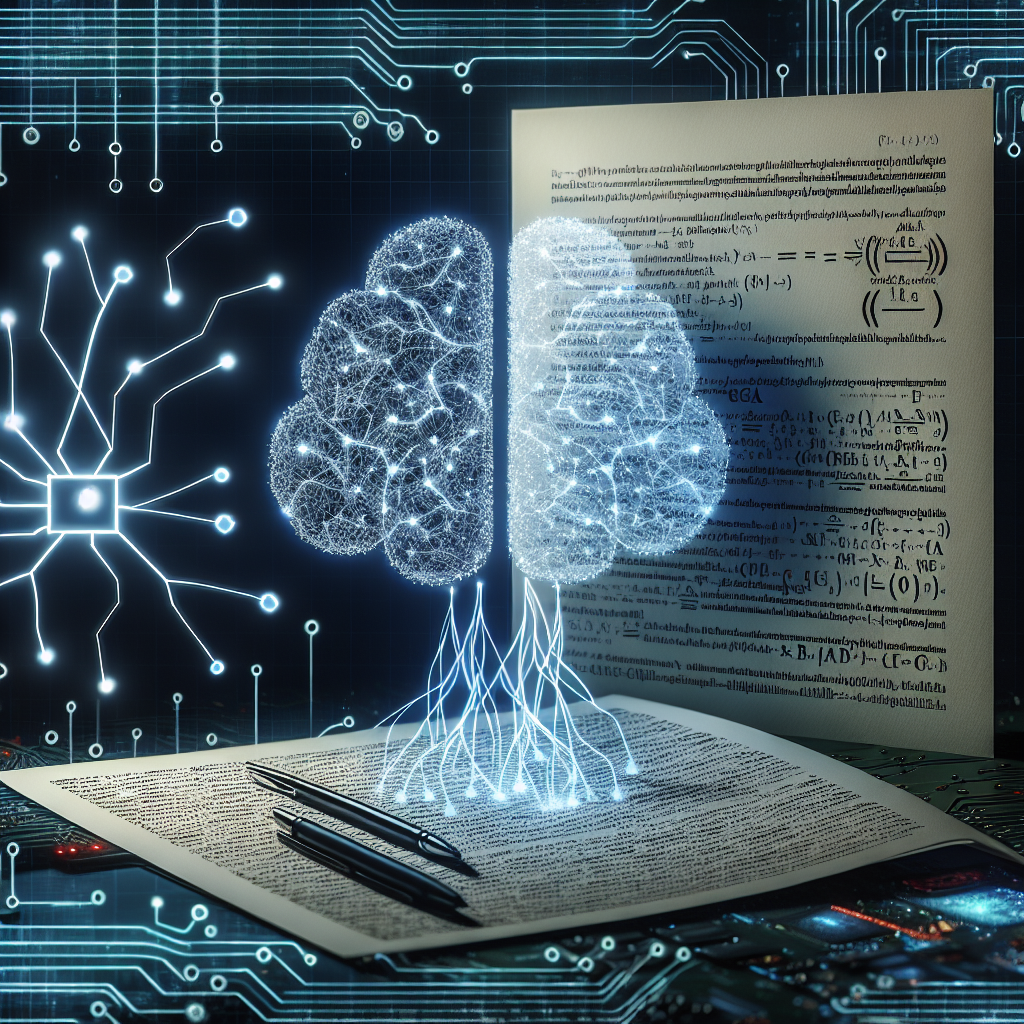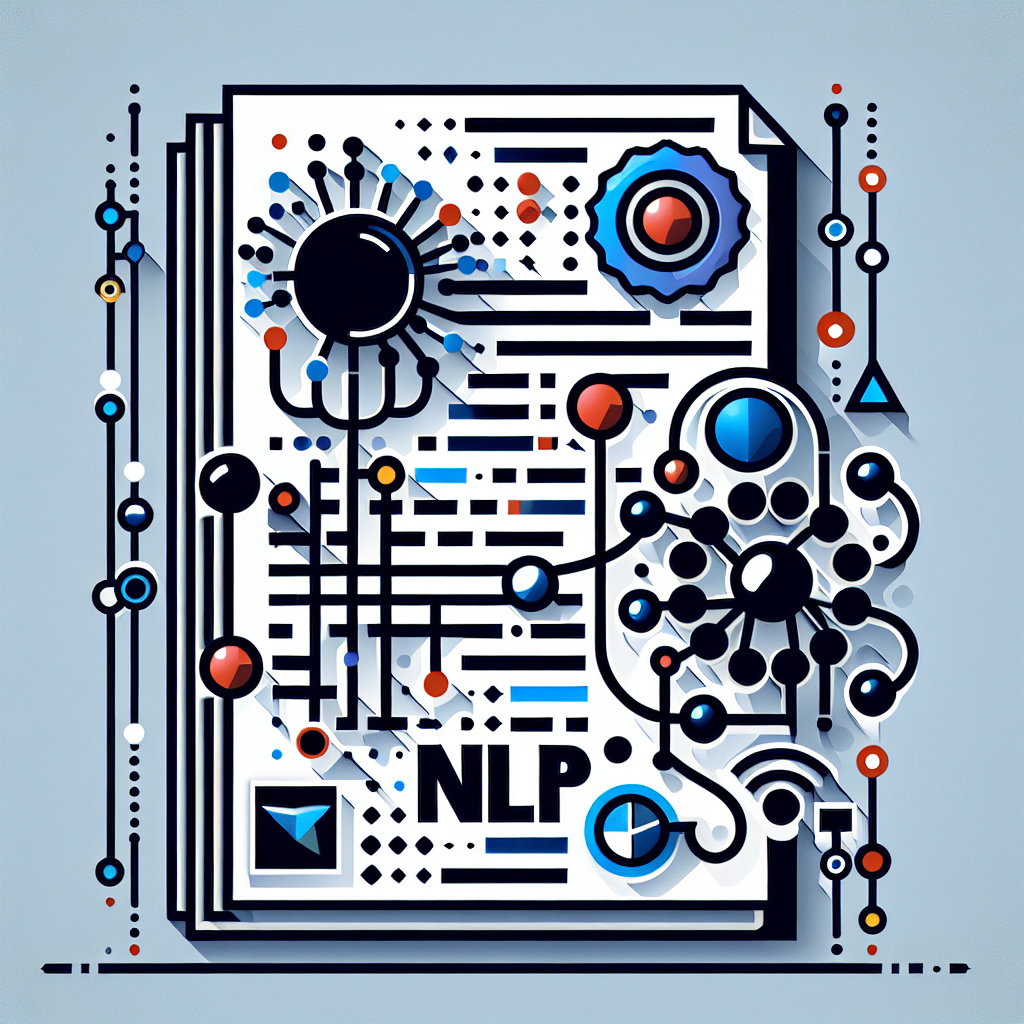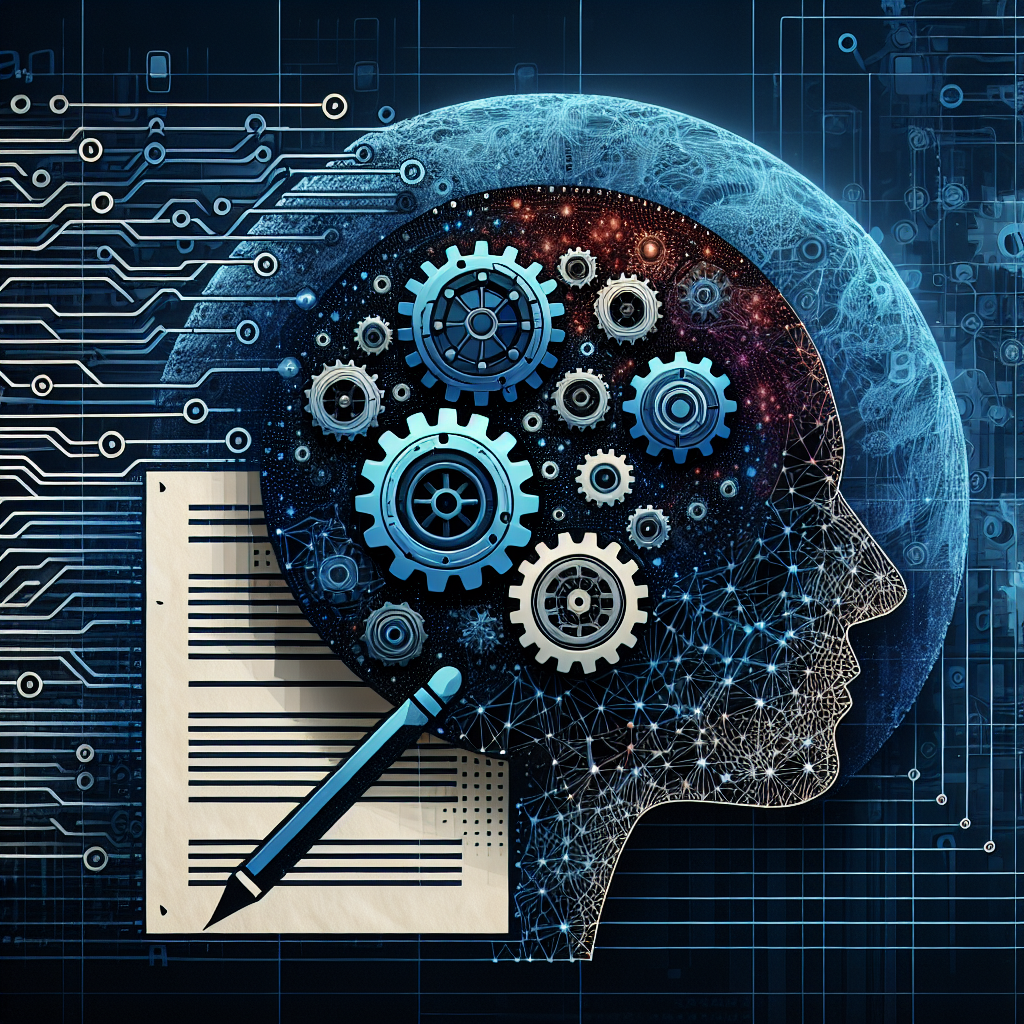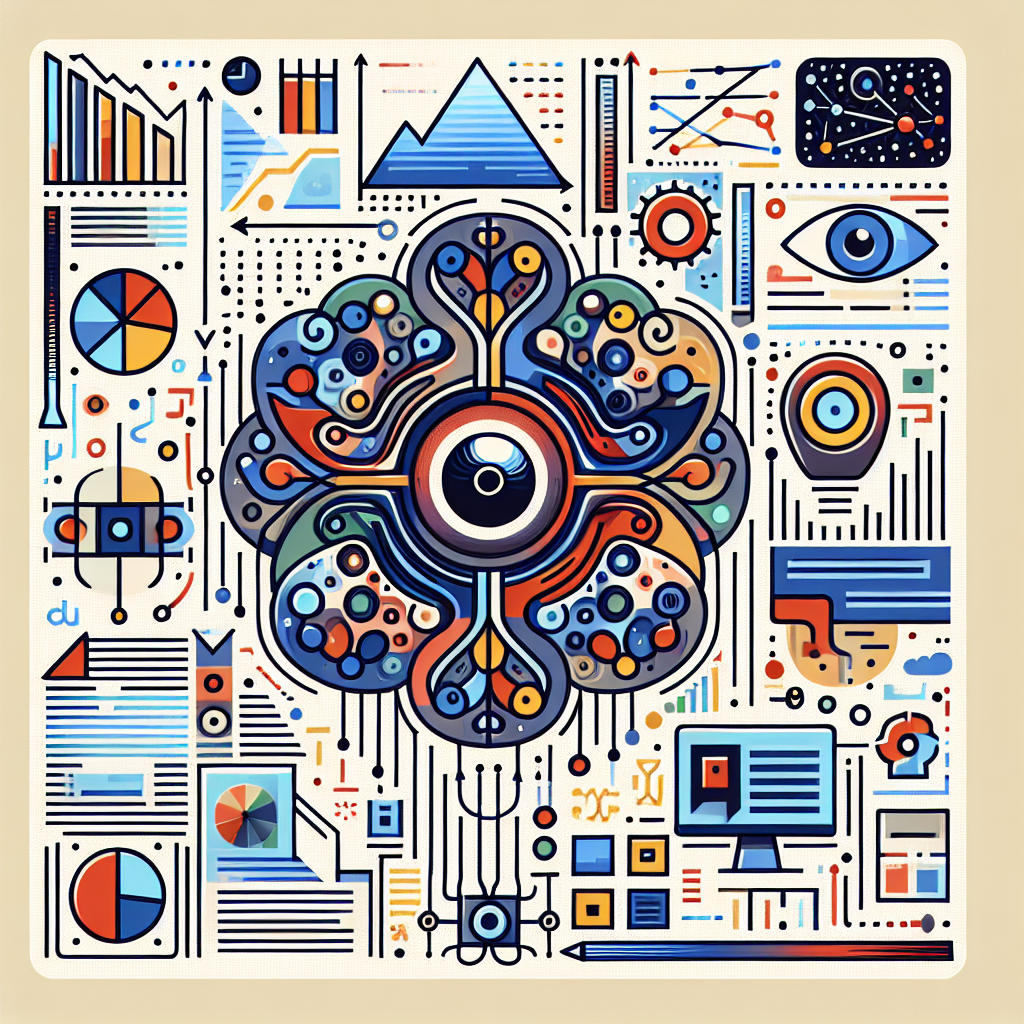Title: From Theory to Practice: Implementing GANs for NLP
Introduction
Generative Adversarial Networks (GANs) have gained popularity in the field of machine learning for their ability to generate realistic data. While GANs are commonly used in computer vision tasks, they can also be applied to Natural Language Processing (NLP). In this article, we will explore how to implement GANs for NLP tasks, from theory to practice.
Understanding GANs for NLP
Before diving into the implementation of GANs for NLP, it is important to understand the basic concepts behind GANs. GANs consist of two neural networks – a generator and a discriminator. The generator generates fake data samples, while the discriminator tries to distinguish between real and fake samples. Through a competitive training process, the generator learns to generate more realistic data, while the discriminator improves its ability to distinguish between real and fake samples.
Implementing GANs for NLP
To implement GANs for NLP tasks, we can follow these steps:
1. Data Preparation: The first step is to prepare the NLP dataset for training. This may involve cleaning and preprocessing the text data, tokenizing the text, and converting the text into numerical representations.
2. Generator Network: The generator network takes random noise as input and generates fake text samples. The generator network can be implemented using recurrent neural networks (RNNs) or transformers.
3. Discriminator Network: The discriminator network takes real and fake text samples as input and tries to classify them as real or fake. The discriminator network can also be implemented using RNNs or transformers.
4. Training Process: During the training process, the generator and discriminator networks are trained in an adversarial manner. The generator tries to generate more realistic text samples to fool the discriminator, while the discriminator tries to distinguish between real and fake samples.
5. Evaluation: After training the GAN for NLP tasks, the model can be evaluated on a separate test dataset to measure its performance in generating realistic text samples.
Conclusion
In conclusion, GANs can be effectively used for NLP tasks to generate realistic text samples. By following the steps outlined in this article, researchers and practitioners can implement GANs for NLP tasks and generate realistic text samples for various applications. GANs have the potential to revolutionize the field of NLP and open up new possibilities for text generation and manipulation.
#Theory #Practice #Implementing #GANs #NLP #PDF #Format,gan)
to natural language processing (nlp) pdf
